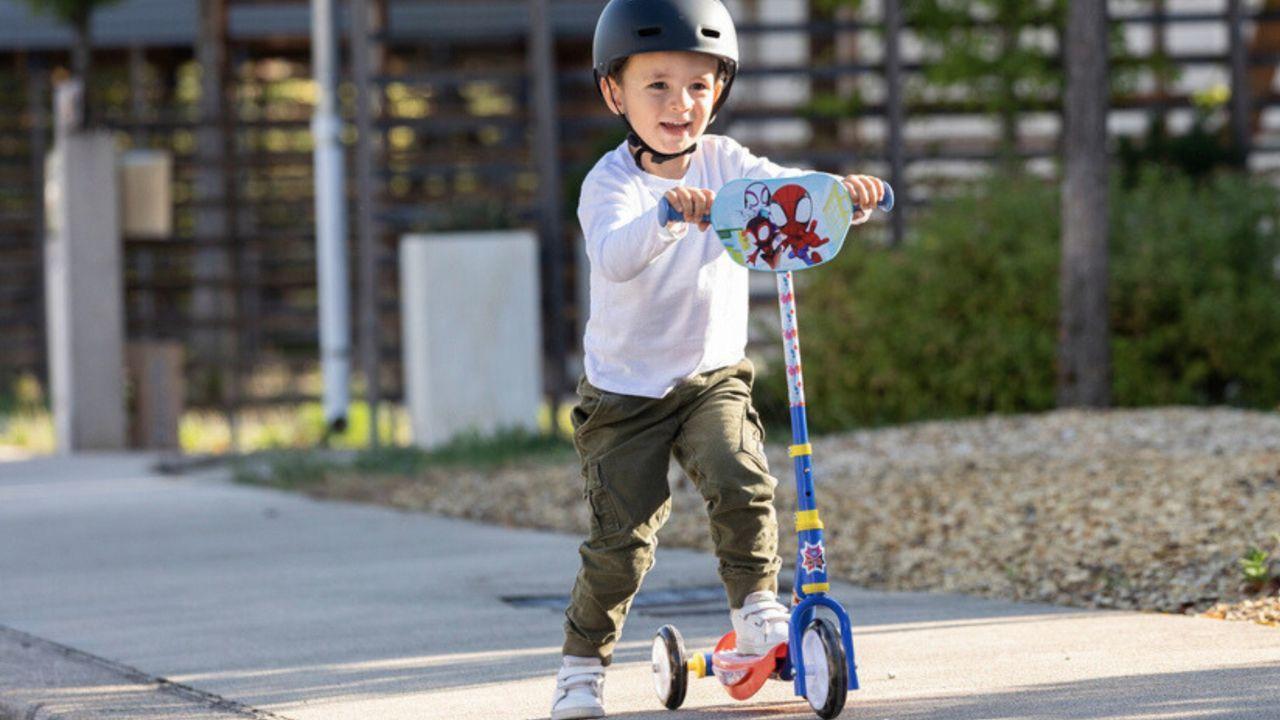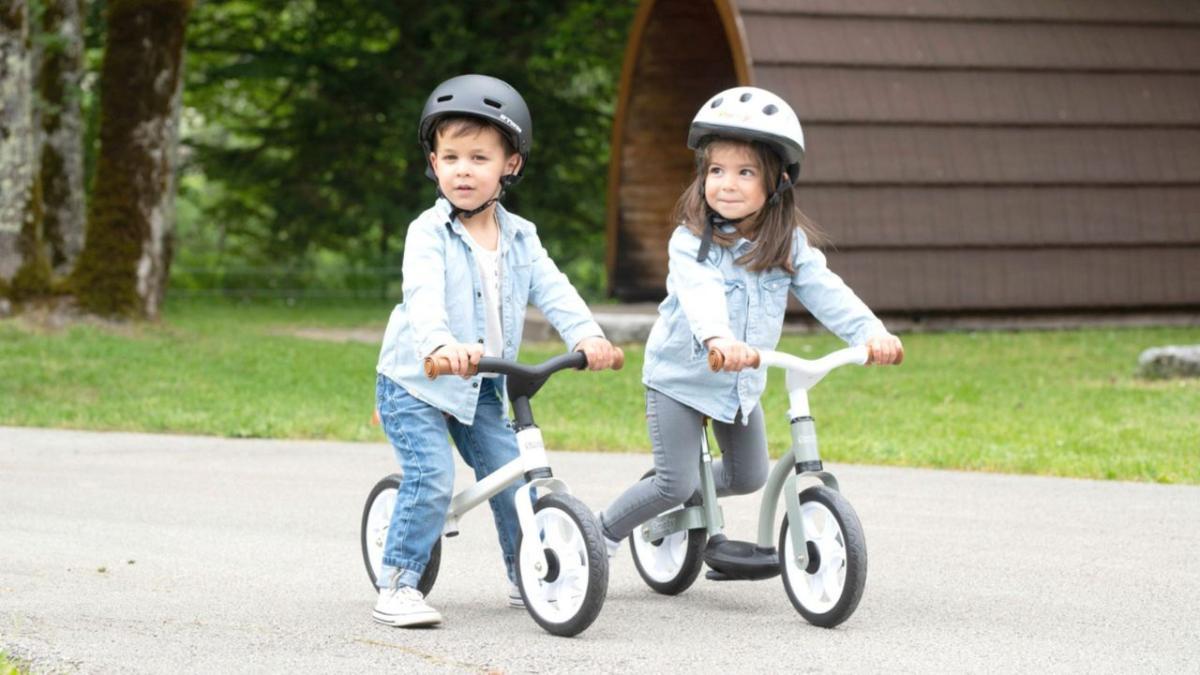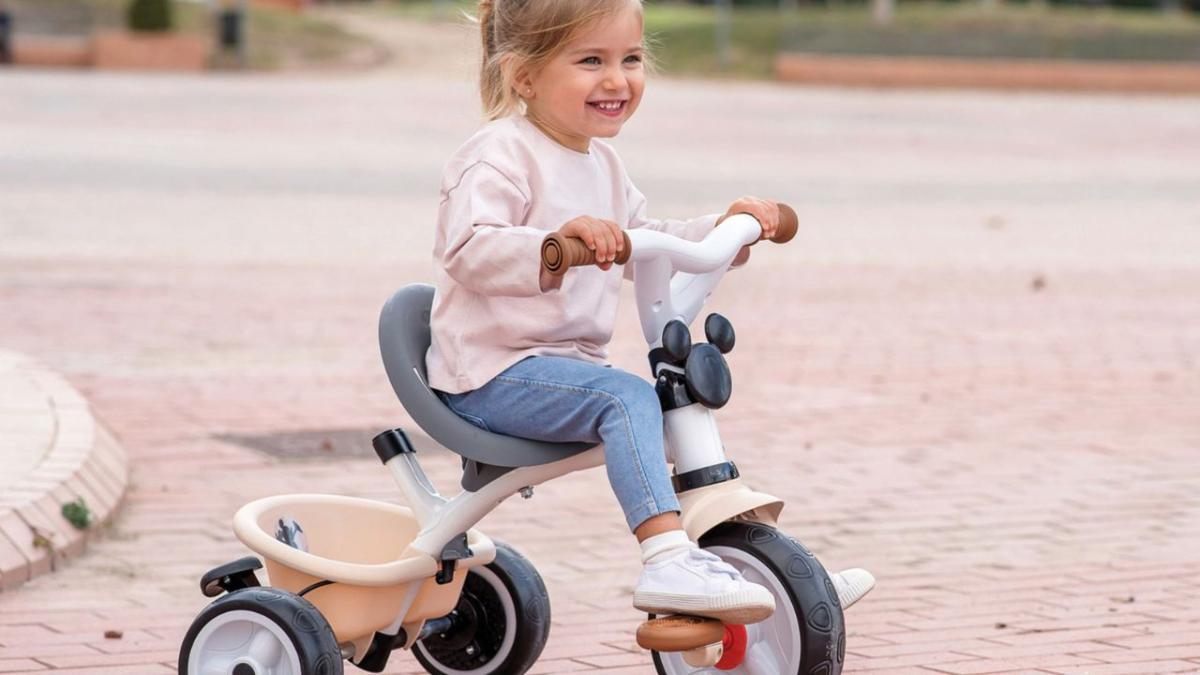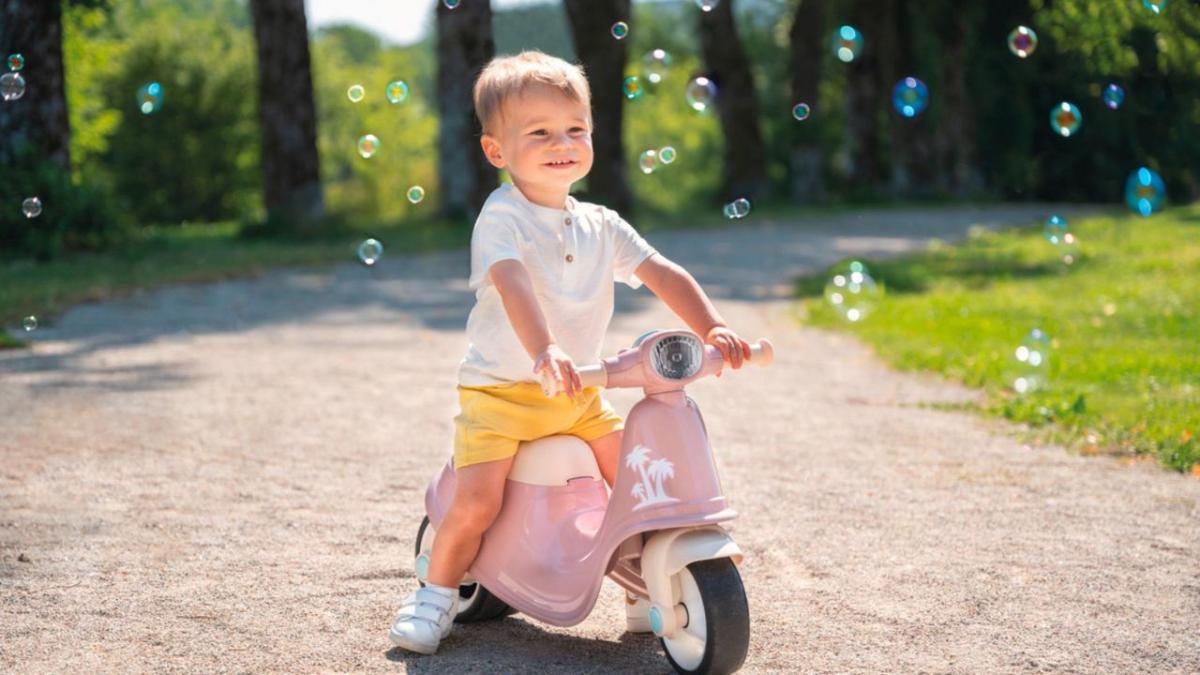Road safety education for children

-
By
Petra J.
Road safety education for children - Safely through everyday life
Children see road traffic with completely different eyes than adults. They are not yet as aware of their surroundings and are often unable to judge speeds or distances correctly. Because their spatial thinking and ability to react are still developing, it is all the more important to familiarize them with basic traffic rules at an early age. However, dry theory quickly bores most children - they learn best when they can be active themselves.
Road safety education can be made fun and exciting with activity toys, children's vehicles and creative educational games.
In this guide, you will find out how you can prepare your child for road traffic through practical exercises - whether at home, in kindergarten or at elementary school.
The most important points in brief
- Early introduction: Children must be introduced to traffic rules at an early age, as they are often unable to correctly assess dangers.
- Use movement toys: Balance bikes, scooters and slide cars from Smoby help to practise initial traffic situations.
- Incorporate role play: Toy cars, doll's prams and simulated traffic situations raise awareness of safety.
- Practice instead of theory: By acting out and practising, children learn to recognize dangers and react correctly.
What is road safety education? 🚦
Children may not yet be drivers, but as pedestrians, on a scooter or on a bike, they are already part of road traffic. It is therefore important to teach them early on how to get around safely. But road safety education is about more than just learning the rules - it's also about reacting correctly to different situations.
A child needs to understand why they should always stop and look both ways before crossing a road. They need to learn that traffic lights are not just brightly colored lights, but also have an important meaning. And they should know how to look out for other road users and take responsibility for their own safety. The aim is for children to become increasingly independent and safe on the roads - without endangering themselves or others.
Road safety education for children in everyday life 🚸
Although road safety education is a serious matter, it must of course be child-friendly and appropriate for the age of the children. Children of kindergarten and primary school age in particular are in the midst of a rapidly progressing development. In order for road safety education to be successful, it should therefore be carried out differently in elementary school than in kindergarten:
Traffic education in kindergarten - learning through play
Younger children often find it difficult to understand complex rules. It is therefore important to teach basic traffic rules through play. The traffic light game is a tried and tested method of explaining the principle of traffic lights. The children are allowed to move freely until the "red light" signal is given - then they must stop immediately. They continue with the "green light". This is a simple way for them to learn that they must wait when the light is red and only move off when it is green.

Movement toys such as balance bikes or tricycles make it even more vivid. Here, children can gain their first experience of stopping, turning and waiting. If you feel like it, you can make colorful traffic signs together with the children and incorporate them into the game - this makes learning twice as much fun!
Traffic education in elementary school - practice instead of theory
Children can develop a better understanding of traffic rules when they start school. But instead of just talking about them, it is much more effective if they experience them for themselves through practical exercises. A course for bicycles or scooters is a great way to simulate behavior in road traffic. Chalk can be used to draw roads and junctions on the ground, while cones can be used as obstacles or traffic islands. This teaches children when to brake, how to turn safely and what to look out for.

Crossing the road should also be actively practiced. By acting out the behavior at traffic lights and crosswalks, children understand why it is so important to stop and look both ways before crossing. Traffic signs can be taught particularly well through small puzzles or role-playing games - this makes the knowledge stick better.
Movement games in road safety education for children 🏃🏼♀️➡️🏃🏼♂️➡️
Movement games and movement toys for indoor and outdoor use turn road safety education into an experience that combines playing and learning. Are you still at a loss as to how you can creatively design road safety education with movement games? Then we would like to give you some ideas:
Use of children's vehicles in road safety education
There is no traffic without vehicles! That's why it makes sense to integrate them into road safety education. Smoby children's vehicles make road safety education for small children a hit. Similar to the course already mentioned, you can also create a self-made road environment for the movement toy from the age of one or two. A plus point: the vehicles are not only wonderful movement toys for outdoors, but most of them can also be used indoors, such as the Smoby slide cars. So you can practice even when it's raining! Create small routes through the home where different traffic rules apply: In the hallway, for example, you can only drive at a snail's pace, toys have to be driven around in a slalom, and parking spaces are marked with masking tape on the floor.
If the traffic education course is set up outdoors, you can also let slightly older kids ride along on pedal tractors . Using authentic models, such as the Smoby Tractor Builder Max, you can then explain directly how to behave if a tractor comes towards you on the narrow country lane out of town.
Using toy cars in road safety education 🚗
Toy cars are not just for racing - they can also be a great way to teach your child about traffic rules through play. With a play mat on which roads and junctions are marked, traffic situations can be easily recreated. Your child can try out how cars behave, who has right of way or what happens if someone suddenly crosses the road.

Small accidents can also be re-enacted: What happens when a car drives too fast into a bend or too close to an intersection? Why is it so important to stop at a crosswalk? By acting out such situations themselves, your child will intuitively understand why traffic rules are so important - without any dry theory.
Use of doll's toys and doll's prams
Doll 's prams from Smoby are perfect for playfully learning how to move safely in traffic as a pedestrian. When going for a walk, your child can use their doll's pram to practise stopping at the kerb, looking left and right and only then crossing the road. In this way, correct behavior is internalized - quite incidentally and without coercion.
Role-playing with dolls is also a great way to talk about road safety. Your child can explain to their puppet why they have to wait at the traffic lights or how to move correctly on the sidewalk. Such conversations consolidate knowledge and make the topic tangible. A doll can thus become a little traffic student with whom your child learns and practises together.
So you can see: Road safety education is an important part of a child's development. Children should be familiarized with basic rules at an early age so that they can better assess dangers in road traffic. By using interactive and playful learning methods and movement toys, your child can get to grips with the topic without being overwhelmed.
This turns road safety education into an exciting and educational experience that will stay with them for the rest of their lives.
Browse through our Smoby store and discover great toys for road safety education! ❤️💛

